Some of the greatest thinkers of modern times have had their share of quirks; sometimes those quirks can make them nearly as well-known as their achievements.
Nikola Tesla was undeniably a man whose mind created some of the most astonishing inventions and ideas of his time but who also definitely marched to the beat of his own inner drummer.
Born on July 10, 1856 in what was then part of the Austro-Hungarian Empire, he was the son of a Serbian Orthodox priest and an inventor, according to biographical information available through the Tesla Memorial Society of New York.
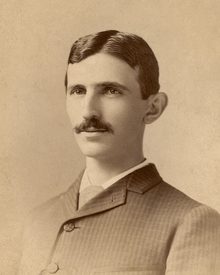
Tesla demonstrated his unusual mind early in life. According to the Amazing Life of Nikola Tesla, he was eidetic — meaning he had a photographic memory — which he inherited from his mother, along with his knack for inventing things.
By the time he was six, he could do advanced calculations in his head to such an extent that his teachers accused him of cheating. He counted his steps everywhere he walked and was compelled to calculate the cubic volume of his food before he could eat.
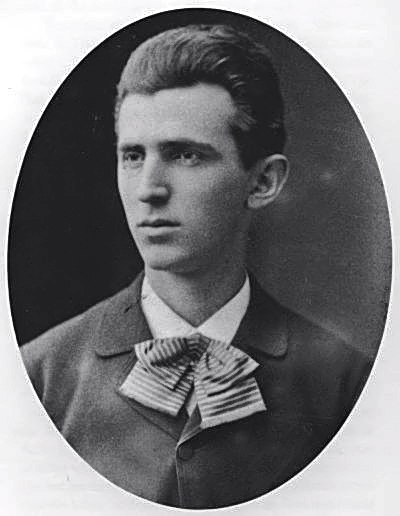
Then there were the visions.
When someone said a word, sometimes young Tesla would get an image in his head. The images weren’t imaginary pictures but things he had seen before and some believed that it was a result of the photographic memory. The visions changed in tone, though, after his older brother, Dane, died as the result of a riding accident when Tesla was five. Following Dane’s death, Tesla began having visions of the air around him being “filled with tongues of living flame”.
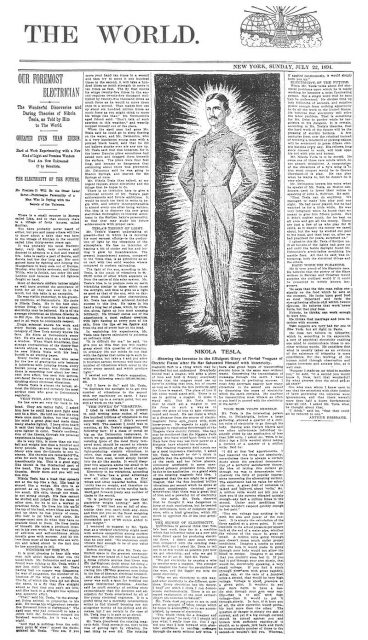
When he hit his teens, he learned to suppress and control the visions, but the newfound mysticism would never entirely vanish. Late in his life, when he was living in New York City, Tesla would spend a great deal of time feeding the pigeons and claiming to be mystically communicating with them.
During the summer of 1899, Tesla was in Colorado Springs, Colorado. His purpose was to create a field laboratory where he could test the feasibility of using high-altitude stations to facilitate the transmission of electricity and information over substantial distances. While tracking storms one day as part of his research, his receiver equipment picked up an unusual series of beeps.
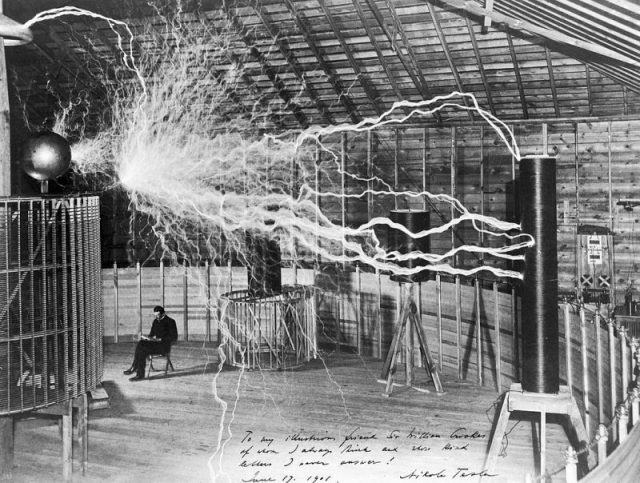
Tesla was able to rule out the source of the beeps as coming from Earth or from the sun, so he concluded that the sounds must have been generated from another planet. At the end of that year, he declared that the greatest scientific achievement of the coming century was going to be a message from another world.
As bizarre as it must have sounded to the public at the time, he proved to be correct — in a way. In 1996, a group of scientists were able to replicate his experiment and demonstrate that the beeps were the result of Jupiter’s moon Io passing through the planet’s ionosphere.
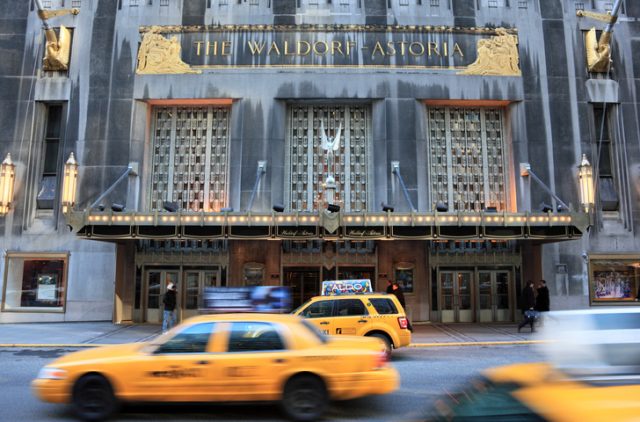
Most of the time that Tesla was living and working in New York City, he stayed at the Waldorf-Astoria hotel. He lived there when he was at the peak of his career as a famous scientist and inventor and would often entertain wealthy and famous potential patrons with fancy dinners before bringing them to his laboratory to witness his work.
During the years 1901-1905, he did his work at the Wardenclyffe Laboratory on Long Island, which he built with the financial support of J.P. Morgan. Tesla ended up having a falling out with Morgan later, however, resulting in the loss of Morgan’s financial support.
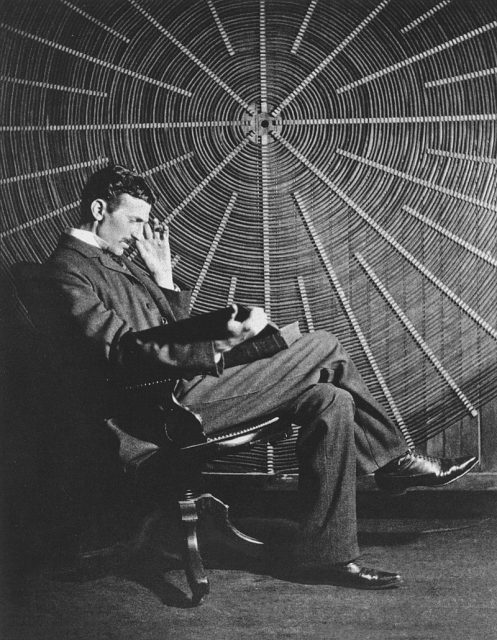
Over the next several years, Tesla’s financial circumstances became increasingly straitened, with the result that by 1915 he was forced to sell the Wardenclyffe lab for $20,000, according to Mental Floss; he used the money to pay off his bill at the Waldorf-Astoria.
Tesla left the Waldorf for the Governor Clinton Hotel and in the 1930s he accumulated a substantial bill there as well. Lacking the necessary funds to pay his account, he offered instead something he claimed to be of equal value — one of his inventions. He called the device a death beam, and he warned them that it was dangerous and shouldn’t be opened without taking certain precautions, which was certainly a powerful deterrent to the curious.
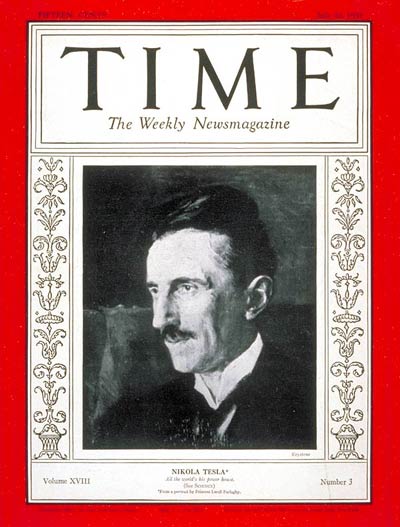
Tesla spent the last years of his life largely as a hermit, aside from the pigeons with whom he felt a mystic connection. When he finally died in 1943, a scientist from MIT was brought to his old room at the Governor Clinton to examine the box containing the death ray and opened it with what must have been some trepidation.
As it happened his worry was for nothing, since all the box contained was some equipment from his old lab which had no particular value.
Read another story from us: The Bizarre Obsessive Compulsive Rituals and Habits of Nikola Tesla
None of Tesla’s idiosyncrasies kept him from becoming a brilliant scientific light or from inventing things which changed the world, including items like the Tesla Coil or the alternating current that we use today. If anything, he stands as a shining example of what the human mind is capable of, even when it doesn’t work like everybody else’s.
